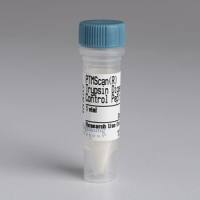Although the role of invasion in the virulence of Candida albicans has been demonstrated, the mechanism that governs fungal invasion is not fully understood. Among the tools that exist to fill these gaps in knowledge, in vitro tissue models based on reconstituted human epithelia (RHE) have already been developed. Such models are designed to study more reproducably the fungus-host relationship, as they eliminate the complexity and variability found in vivo . Herein we describe the preparation of these RHE and their application in study of the invasion properties of C. albicans by further histologic processing and microscopic observation. For this purpose, different epithelial cell lines are grown on a collagen gel to build up models of intestinal (Caco-2 cell line), vaginal (A431 cell line), and oral (TR146 cell line) mucosa. The use of these in vitro models applied to test the invasiveness of C. albicans strains (clinical isolates or gene deleted mutants) and to identify changes in gene expression during the invasion of the RHE will help to advance our knowledge of pathogenesis and to study specific mechanisms used by C. albicans to adapt to changing environments present in different epithelia. Furthermore, because these models are useful to study the host response during the challenge with the pathogen, they will also offer important new insights into host cell biology and identify new targets for treatment.






